When you talk about the founders of Apple, you first think of Steve Jobs and Steve Wozniak. Jobs, the far-sighted business strategist – and “Woz”, the brilliant inventor. In fact, the Apple Computer Company was founded by three men: “Mr. Stephen G. Wozinak, Mr. Steven P. Jobs and Mr. Ronald G. Wayne”, as it is also stated in the company’s founding contract of April 1, 1976.
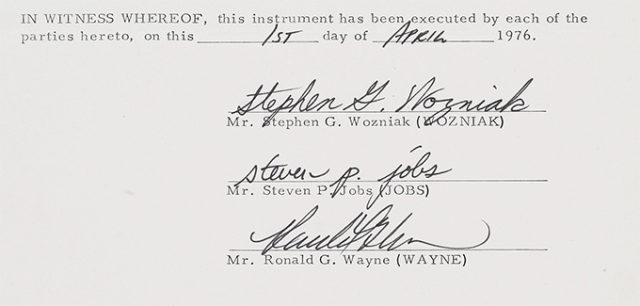
Ron Wayne worked at Atari before founding Apple Computer, where he met Steve Jobs, who was involved in new game development. Through Jobs, Wayne became aware of Steve Wozniak, a brilliant hardware designer and engineer who had created the first usable personal computer that would go down in technological history as the Apple I.
But it soon became clear that the two Steves were pursuing very different goals: Steve Wozniak wanted to impress his pal’s guys at the Homebrew Computer Club with his brilliant development steps. Woz had no serious interest in making a big business out of it. Steve Jobs, on the other hand, quickly recognized the business potential. With a computer like Apple, I could break the dominance of the mainframes of companies like IBM and turn the personal computer into a mass product.
However, Jobs was not able to match his interests with Woz. Therefore he relied on Ron Wayne. So he and against this background offered him a minority share in the foundation of Apple Computer on April 1, 1976. Wayne had a 10 percent stake in the company, and Jobs and Wozniak each held 45 percent. Ron Wayne was to tip the scales when the two main players were at loggerheads with each other. “We both trusted him so much that he would resolve any conflicts we had,” said Steve Jobs.
r Wayne got cold feet: “I was practically the adult in the room. I was in my 40s, those kids were around 20. Then about a week and a half later, when I had time to think, I did what most people thought was absolutely crazy. I had my name taken off the contract.”
Wayne was particularly worried about the financial obligations associated with the first major contract for Apple computers. Jobs was in the process of signing supply contracts for the Apple I with first customers like “The Byte Shop”. He was getting the components for it on tick.
“I had very good reasons to remove my name from the contract,” Wayne said in a 2016 TV interview looking back. “The main reason was that we had started a company. And if we failed, Jobs and Woz would not have had two nickels in their pockets. Who would be left to stick? Well, I had a house and a car, and a bank account, too. I was handy. So I was financially vulnerable. But I also wanted to be my own man. I also realized I was in the shadow of two grand. I was never gonna get my own project. I didn’t like the idea of spending the next 20 years behind piles of paper in an office. That was another reason to get out.”
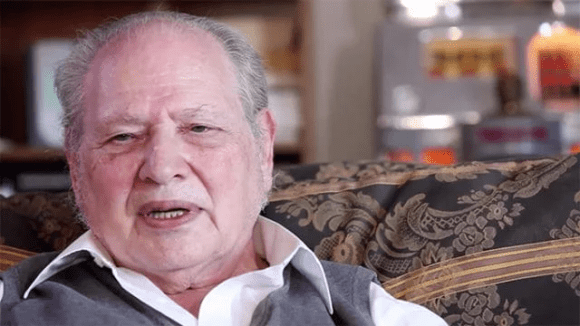
His co-founder Steve Wozniak could not understand this step. “I don’t know why Ron gave up. “He sold his shares and got out. He may have had good reasons. He got out and he was happy with it. He couldn’t see the big picture. But you couldn’t see the big picture at the time. There was only the Apple I.”
Wayne could not count on Steve Jobs’ understanding. Jobs described the process as follows: “He decided that he really wanted a VCR or something. So he sold us back 10 percent for eight hundred dollars.”
But there were also reservations in the opposite direction: “I didn’t know whether jobs were the kind of personality I wanted to work for either,” Wayne said in the ARTE interview (2016). “He was just the way he was. He knew exactly what he wanted to do. And it was better not to get in his way. You would end up with a footprint on your forehead. Jobs had a very aggressive character. And if you had to choose between Steve Jobs and an ice cube to warm them up, you’d snuggle up to the ice cube. But it was the only way he could achieve what he had achieved with Apple. Apple was Steve Jobs.”
So Wayne has no regrets about getting out of Apple so early: “Those kids were wild hotshots, like whether you have to hold a tiger by the tail. If I’d stayed with Apple, I’d have been caught in a hurry. I’d just be the richest man in the cemetery.”
One thing in life Wayne does regret, though. In the mid-nineties, he saw an ad in a magazine for a company that dealt with autographs and signatures. He remembered the old Apple contract that was lying around in a closet collecting dust. Finally, he sold the historical document for 500 dollars to the autograph dealer.
Years later, Wayne then saw on television how his old contract came under the hammer for almost 1.6 million dollars at the Sotheby’s auction house.
“I’m sorry for this incident. But what can I say? It’s the story of my life, right? A day late and a dollar short in my pocket.”
Ron Wayne has left his mark on Apple’s history even after he left as a shareholder. The first trace should be removed quickly because Steve Jobs did not like the first logo of the young company, which Wayne had designed. “In this logo, which they had me design, I captured Wozniak’s bizarreness. The logo with Newton in this Gothic frame with the ribbon and the inscription ‘Apple Computer Company’ was of course a 19th-century design, not a 20th-century design. I knew that already.”
The second mark was deeper: Jobs asked Wayne if he could design a case for the Apple II. Although his design was never used. But Apple adopted the basic design principle.
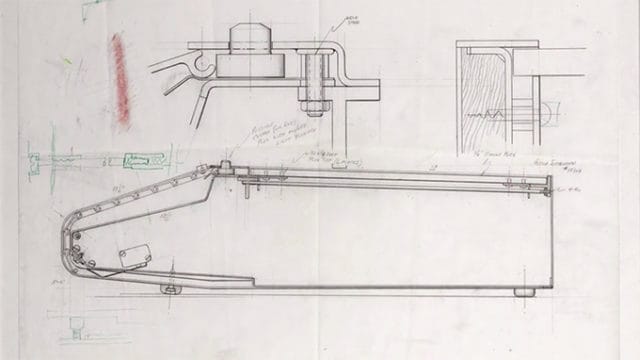
To this day, Wayne is amused by the thought that he may have influenced all his later work. “A typical computer today consists of a tower and a circuit board mounted vertically. The keyboard and screen are separate. In my design for the Apple II, I had a horizontal design with a horizontally mounted board. The keyboard was integrated into the housing. The monitor stood on top, as one unit. They used this design for all future models, the Macintosh and Lisa, and so on. All were built this way. This form was unique among modern computers.”

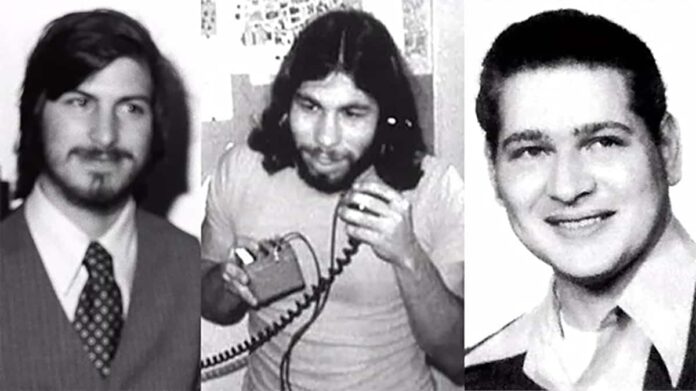
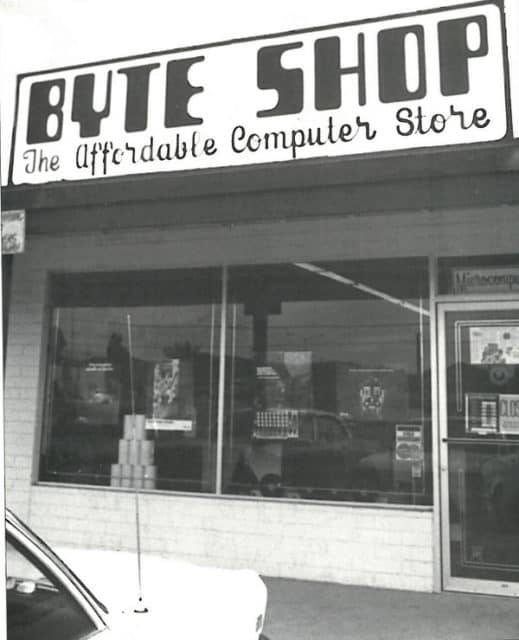

What an intriguing read! Ron Wayne’s story is often overshadowed by Jobs and Wozniak, but his contributions and the choices he made are just as fascinating. It’s a reminder of how different Apple’s journey could have been. Thanks for shedding light on this important part of Mac history!